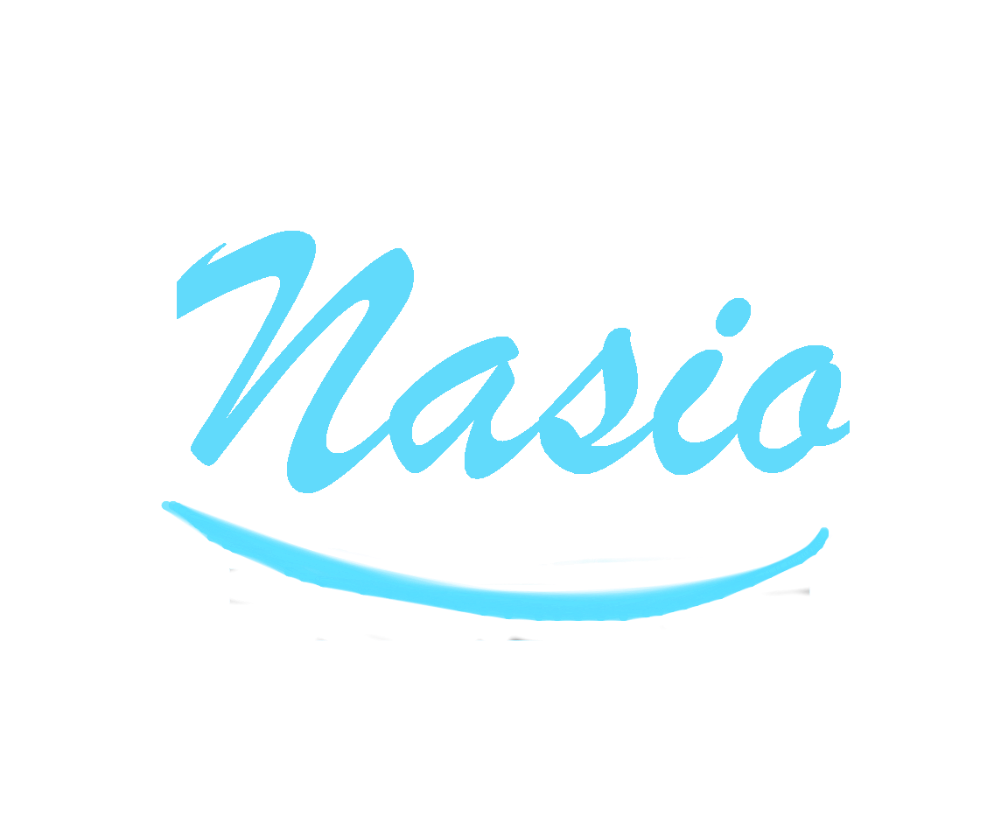Message Strategies
We looked at message strategies next.
The medium is the message—maybe?
With all due respect to the late Marshall McLuhan, the medium is still the message, but the message is now also the medium and the two are now joined at the hip, at least when it comes to social media.
Information Message Strategies

As Smith notes on page 172, the communication process can be divided into three types –
- Information – press agentry and public information
- Persuasion – asymmetric advocacy and attempts to influence
- Dialogue – symmetric, rooted in relationships
Information is a one-way street. E.g. I tell you that the world is round. You hear my message and either agree or disagree with it, or perhaps you request further information or even a second opinion.
However, the relationship is not a symmetrical one, as I am feeding you data but you aren’t responding in kind and I am not getting information back from you.
Persuasion Message Strategies
In the persuasion model, things are even more asymmetrical.
I’m not just informing you of the roundness of our planet. I’m making a case for it, whether it’s with photographs taken from space or images of the shadow from eclipses over the moon, or even the results of a public opinion poll.
Dialogic Message Strategies
For the dialogic model, however, the information and persuasion both flow, and in both directions. I might put forth the premise of the earth’s roundness.
You might counter with personal observations or even your own survey. The entities in communication can trade opinions or information or both.
On page 173, Smith refers to dialogue as a “deeply conscious interaction of two parties in communication.” This is give and take.
Our messages are not just verbal or written ones; they include our tone, our word choice, and our body language, according to Smith, pages 212 – 214. There is a measurable difference between referring to the same medical condition as shell shock, battle fatigue, or post-traumatic stress disorder, as George Carlin famously said.
This is the kind of doublespeak Smith mentions on page 211 that seems to embody the worst parts of public relations.
Messengers carry different degrees of weight as well. Astronaut testimony of the roundness of the earth should carry more credibility than a raving madman on a street corner somewhere.
As the Vocus article puts forth on page 3, “Not all online conversations carry the same weight. Many will have no impact on your company and not every mention of your company or brand will require the same amount of attention. The trick is to understand what does and does not matter.
While a discussion on the latest product release or customer feedback may be worth engaging in, other discussions may be trivial and will not require your participation.”
Social Media Message Strategic Approaches
The Vocus idea to pay selective attention is good advice. It offers a model for cutting through the noise. As social media professionals, strategic planners need to listen to their publics but also discriminate intelligently among the many messages being promulgated.
Vocus also mentions creating and maintaining a steady and consistent presence and not just dabbling (Page 3). This dovetails well with the Smith idea (Page 182) of familiarity adding charisma to a speaker. This is where personal charm enhances a message. It gives a public a feeling that it is more likely to be correct or helpful.
The message and the messenger can only be familiar if they are consistent and not dilettantish.
This is perhaps the most important tip from Vocus. Do not give up when social media becomes dull or burdensome or the ideas have run out. There has to be a commitment there.
Mundy
As Mundy 2013 adds, on page 387, “Social movement and public relations research share similar goals: to investigate communication practices that develop collective understanding between organizations and publics, and to examine how organizations position issues as legitimate in the eyes of diverse stakeholders.”
This development of collective understanding – dialogue – brings an organization closer together to its publics. Once the publics see why supporting the organization’s positions is worthwhile, they need less persuading. The equal, bilateral dialogue will do all the work.
Applications of this reading to our client
The most obvious application to the Institute for Life Sciences Collaboration (ILSC) is that adding a social media presence means preparing for the long haul. It means budgeting for at least a part-time Community Manager to research strategies. This person would keep up with industry trends, listen to the public’s concerns and questions and weed through the noise.
And they would help the ILSC to demonstrate thought leadership.
As I had mentioned last week, Rick Flath has got to be a master networker (which was confirmed by Professor Place). A tiny company doesn’t get the ILSC’s opportunities unless an individual is very charismatic. Now the ILSC needs to translate some of that networking, and charisma, and thought leader power to social media.

